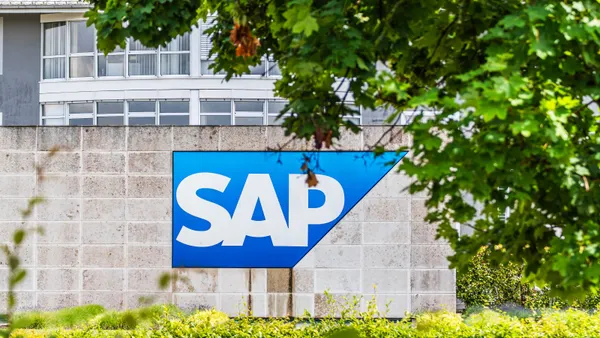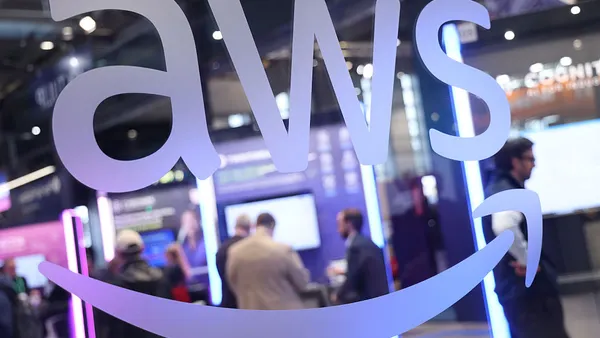In our software-driven economy, companies throw millions at cloud service providers each year. Many companies also unknowingly overspend in response to the most common cloud scaling challenges. A 2023 Gartner report highlights that 78% of organizations reported cloud spend waste from underutilized cloud resources and systems¹ – only one of the many drivers of unnecessary cloud costs.
Infrastructure teams can capture significant cost savings using cloud optimization strategies, which can be applied in a routine cadence, a project or initiative, or following root cause analysis of an incident. Gartner's recent survey revealed that 77% of enterprises reported being “surprised” by incidents in which costs suddenly spiked. More than a third of respondents didn’t detect a surge for days and incurred extra costs up to $100,000, driving cloud budgets by 10% or more.²
More of a fixed expense in the data center era, connectivity costs were long dismissed as negligible in cloud workloads. But recent analysis reveals that at scale, cloud networking costs, particularly for transit, add up quickly and can generate hundreds of thousands of dollars of cloud waste each year at a large enterprise or digital business. More importantly, cloud network optimization leads to quick wins; enterprises can quickly and continuously improve cloud operating margins with the right insight on deck. Observability helps teams unlock cut waste and identify hidden efficiencies that not only improve cloud performance but also deliver significant cost savings.
From identifying orphaned resources to optimizing traffic flows, these six proven strategies will help you reduce cloud networking costs and reclaim control of your spend.
1. Metered resources: CSP-Native Transit Gateways: Evaluate heavily used transit gateways and consider other connectivity options, including Virtual Network Peering or Storage Endpoints. While transit gateways can help consolidate connectivity, service adds up quickly, particularly when data processing requirements increase.

2. Metered resources: CSP-Native NAT Gateways: Identify opportunities to replace NAT gateways – with Virtual PC Endpoints for private connectivity, or with Internet Gateways (IGW) for services with a public IP – to future-proof infrastructure as it scales.

3. Resources you’re paying too much for: Identify overprovisioned resources and adjust routing and capacity to actual traffic.

4. Resources you’re paying for, but not using: Identify unused or orphaned resources and sunset them. If a system doesn’t appear to be in use, either consolidate or terminate its cloud resources.

5. Resources that don’t hit your targets: Profile traffic coming through a cloud interconnect gateway by service or tag to align what – and who – drives cost to your business goals.

6. Metered resources: CSP-Native network observability: CSPs also meter access to their native logging and monitoring services, and because of poor performance on large datasets, lack of context enrichment, and complex query syntax, monitoring costs can add up before teams get meaningful insight.

Network observability means putting teams in control of eliminating waste and optimizing cloud costs at the network level. Investigating cloud traffic pays off, but it's not just about saving money—it's about using smarter visibility to drive efficient operations and better service.
Resources:
¹ How to Manage and Optimize Costs of Public Cloud, IaaS, PaaS, Gartner, 2023
² 3 Techniques for Building Cost Resilience Into Your Cloud, Gartner, 2024










